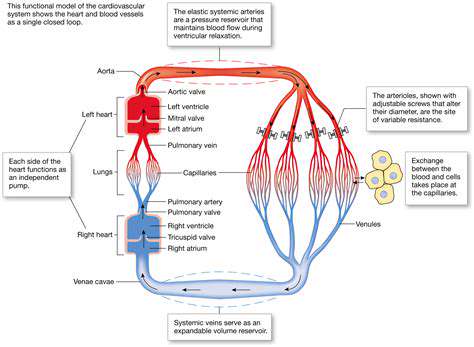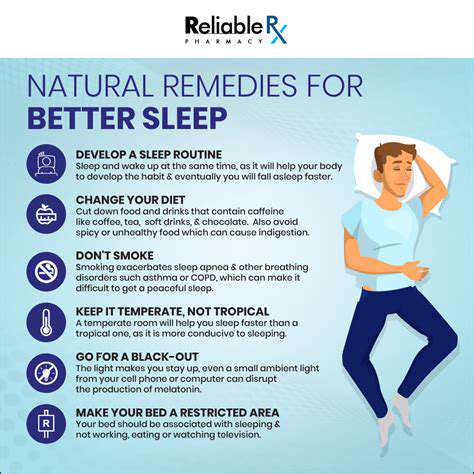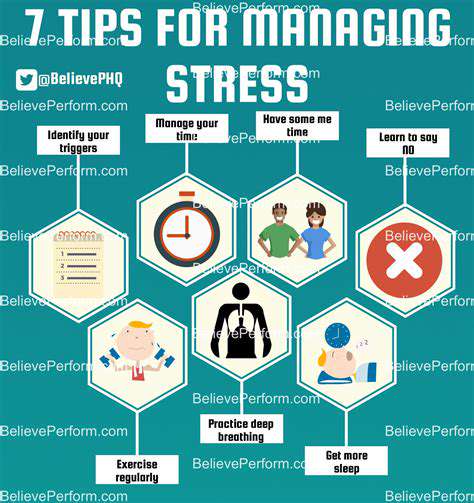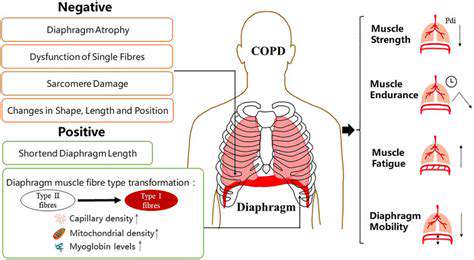Pain in Right Side of Neck and Head: Common Causes
Possible Causes of Pain in the Right Side of Neck and Head
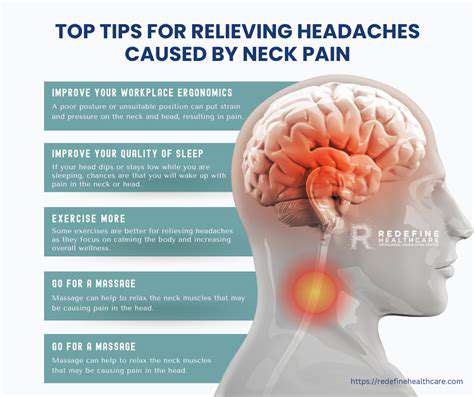
Muscle Strain and Tension
Pain on the right side of the neck and head can often be attributed to Muscle strain or tension. Overusing the muscles in the neck due to poor posture or repetitive movements may lead to soreness. This type of pain can be particularly common among individuals who sit at a desk for long periods without proper ergonomic support.
Stress and anxiety can also contribute to muscle tension, leading to discomfort in the neck and head area. When the muscles are tightly contracted, it can create a vicious cycle of pain and stress that is hard to break.
Stretching and relaxation techniques may help alleviate some of this tension. It’s essential to take regular breaks and practice good posture to minimize the risk of developing these kinds of muscle strains.
If the pain persists despite these efforts, consulting a healthcare professional is advisable to rule out more serious conditions.
Cervical Spine Disorders
The cervical spine, or neck, is made up of several vertebrae that can sometimes be affected by disorders such as herniated discs or arthritis. These conditions can cause radiating pain that may be felt in the neck, as well as the head. A herniated disc occurs when the soft cushion between the vertebrae protrudes and compresses surrounding nerves, leading to significant discomfort.
Arthritis in the cervical spine can lead to inflammation and swelling, which may also result in pain and stiffness. This can impact mobility and lead to further complications if left untreated.
Diagnostic imaging, such as X-rays or MRIs, can help determine the exact nature of the spinal issues. Treatment often includes physical therapy, medications, or in more severe cases, surgical intervention.
Maintaining a healthy lifestyle that includes regular exercise can help support spinal health and potentially prevent these issues from occurring.
Nerve Compression or Injury
Nerve compression, particularly of the cervical nerves, can manifest as pain in the neck and head. This may result from conditions like cervical radiculopathy or pinched nerves, which occur when a nerve is compressed by surrounding tissues. Nerve injuries can cause sharp, shooting pain that may radiate into the head.
Symptoms may also include numbness, tingling, or weakness in the arms and shoulders, indicating potential nerve involvement. In some cases, trauma or injury can lead to immediate pain and discomfort that requires prompt medical attention.
Diagnosis typically involves a thorough physical examination and imaging studies to discern the cause of the compression. Treatment can range from physical therapy and pain management to more invasive options if conservative measures fail.
Regular follow-ups with healthcare providers can provide insights into nerve health and ensure that any underlying issues are addressed in a timely manner.
Effective Remedies and Treatments
Neck Strain or Injury
Pain in the right side of the neck and head can be caused by a strain or injury to the muscles or ligaments in the neck.
This type of pain can be caused by overuse, poor posture, or sudden trauma to the neck.
Symptoms may include stiffness, limited range of motion, and pain when moving the neck or head.
Treatment for neck strain or injury typically involves rest, ice, compression, and elevation (RICE) to reduce pain and inflammation.
Over-the-counter pain relievers such as acetaminophen or ibuprofen may also be recommended to help manage pain and reduce inflammation.
Headaches and Migraines
Pain in the right side of the neck and head can also be caused by headaches or migraines.
Headaches and migraines are often characterized by throbbing or pulsating pain on one side of the head, which can radiate to the neck and other areas.
Triggers for headaches and migraines can vary widely, but common causes include stress, certain foods, hormonal changes, and lack of sleep.
Treatment for headaches and migraines may involve over-the-counter pain relievers, lifestyle changes, and in some cases prescription medications.
Certain natural remedies, such as feverfew, butterbur, and magnesium, may also help alleviate headache symptoms.
Other Possible Causes
Pain in the right side of the neck and head can also be caused by other conditions, such as a pinched nerve, a herniated disk, or a bone spur.
A pinched nerve can cause numbness, tingling, or pain in the arm or hand, as well as pain in the neck and head.
A herniated disk can cause pain in the neck and arm, as well as numbness or tingling in the arm or hand.
A bone spur can cause pain in the neck and head, as well as limited range of motion in the neck.
Treatment for these conditions may involve physical therapy, medication, and in some cases surgery.
